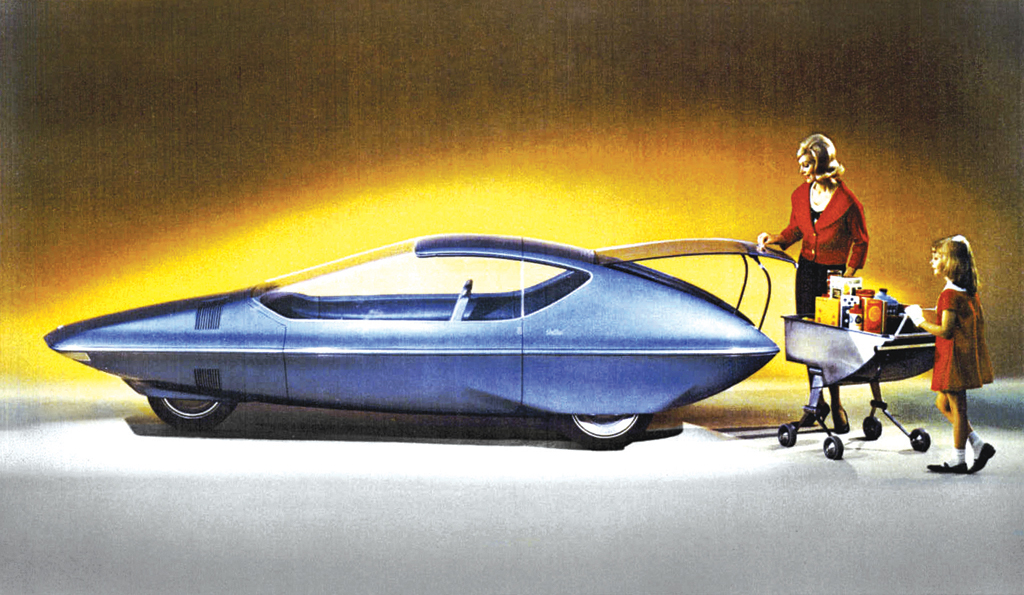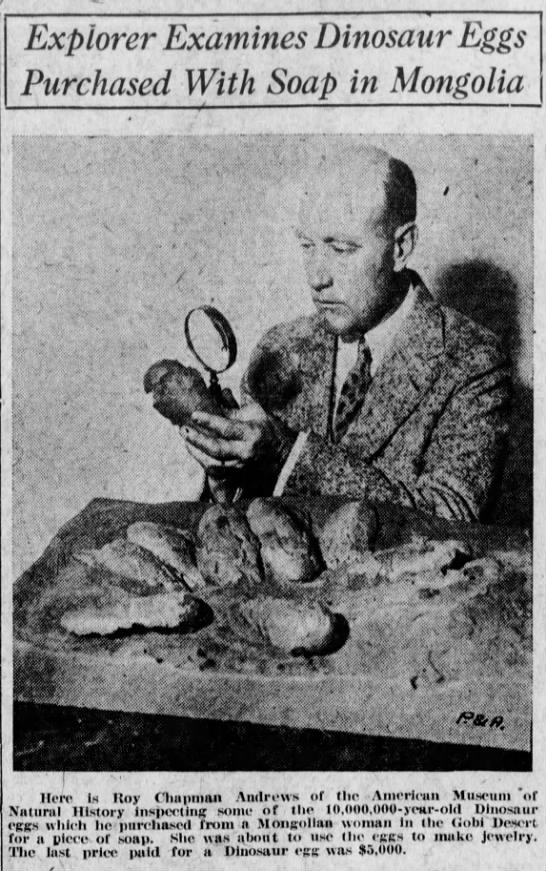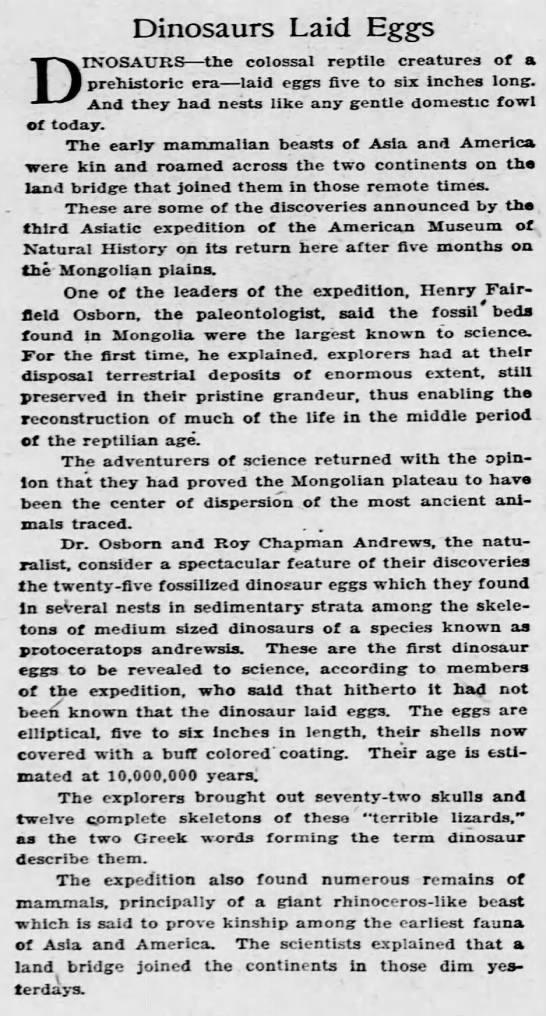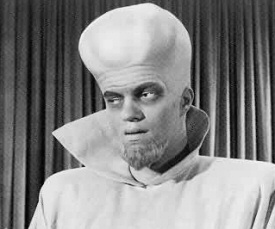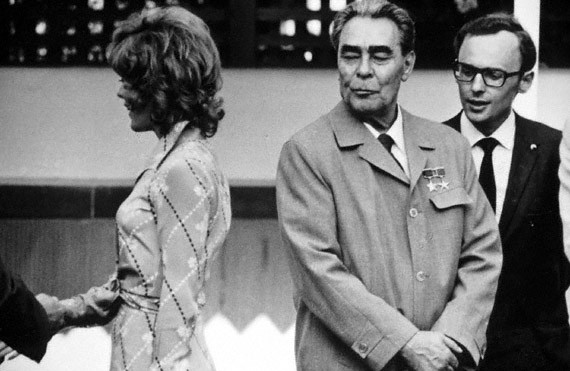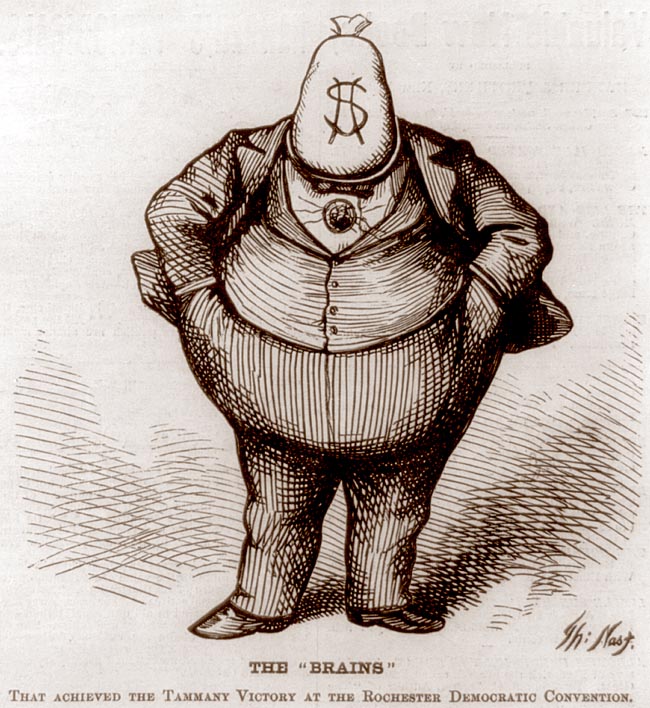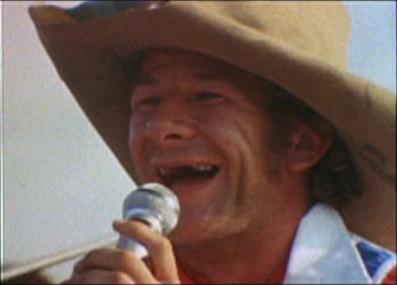
Long before Moneyball, Earnshaw Cook was, in Frank Deford’s words, the “scholar-heretic” of baseball, a statistician who proved the game’s strategy was backwards. Many of his innovations are common knowledge in the sport today (e.g., sacrifice bunts are usually unproductive), though others are still strangely not implemented. For instance: If you’re in a pivotal post-season game played under National League rules, why not use a relief pitcher who matches up well with the opposing lineup at the beginning of the game, and then pinch hit for him the first time he’s to bat so that you get an extra plate appearance by a good hitter? Then you can insert your “starting” pitcher. Makes sense. Many other of the stat man’s strategies have been disproven, but his underlying message that the sport was being played more from tradition than wisdom was correct.
Deford profiled Cook in Sports Illustrated for the first time in 1964, and while that piece doesn’t seem to be online, here’s the opening of his 1972 portrait, “It Ain’t Necessarily So, and Never Was,” which ran just prior to the publication of Cook’s Percentage Baseball and the Computer, when the numbers whiz went digital:
For more than a decade Earnshaw Cook, a retired Baltimore metallurgist, has been trying to convince baseball’s bosses that playing the sacred percentages is, to be blunt, dumb baseball. In 1964 Cook brought out a 345-page book, Percentage Baseball, that was full of charts, curves, tables and complicated formulas that sometimes went on for the better part of a page. The book dared to suggest that either: a) baseball is not using the best possible odds on the field, or b) mathematics is a fake.
Nothing has happened since to convince Cook that ‘a’ is wrong and ‘b’ is right. ‘As in the world around us,’ he says, ‘baseball offers a completely balanced, highly complicated statistical system, demonstrably controlled in all its interactions of play by the random operations of the laws of chance. As such, it becomes a fascinating illustration of a process readily susceptible to reliable mathematical analysis. Baseball also furnishes a classic example of the utter contempt of its unsophisticated protagonists for the scientific method.’
That last sentence is Cook’s way of saying that the national pastime thinks he is as nutty as a fruitcake. Since 1964 nobody has dared test out his conclusions even in, say, a winter rookie league. Oh yes, the managers in 1964 were named: Berra, Bauer, Pesky, Lopez, Tebbetts, Dressen, Hodges, Lopat, Rigney, Mele, Kennedy, Hutchinson, Craft, Alston, Bragan, Stengel, Murtaugh, Keane, Mauch and Dark. They all stayed faithful to the memory of Connie Mack—but only Alston is still managing at the same major league shop.
Cook has had some nibbles from the baseball Establishment. The Houston Astros approached him shortly after his book came out and inquired if he thought he could apply his figures in such a way that he could make judgments about minor league prospects. Cook said he would try. He checked the player records Houston sent him, and said that his evaluation indicated the two best prospects were named Jim Wynn and Rusty Staub. This was not bad figuring, as Wynn and Staub are probably still the two best players ever to wear Houston uniforms, but Cook never heard from the Astros again. He also got feelers from the Cubs and Phillies, but nothing came of those.
Ignored, Cook went back to his numbers, and this April his second volume on the subject, Percentage Baseball and the Computer, is scheduled for publication. Basically, it is 207 pages of computer proof that everything he wrote eight years ago was qualitatively correct. Well, not quite everything. The computer has found that Cook’s percentage lineup—with the best hitter leading off, the second best batting second, etc.—is, over a season, 12 runs less effective than the traditional lineup.
Otherwise the computer solidly supports the way Cook says baseball should be played.•




